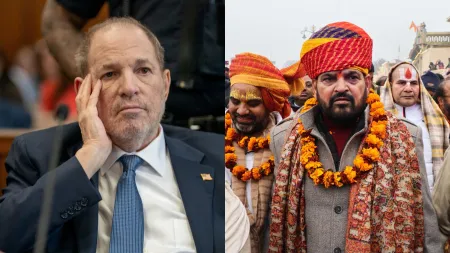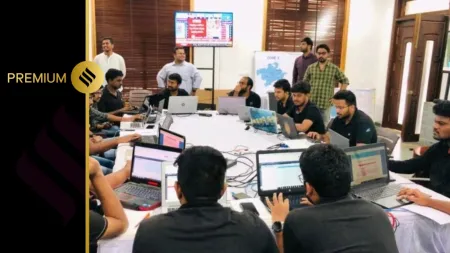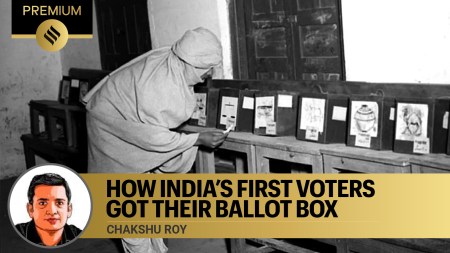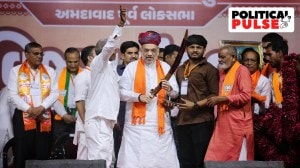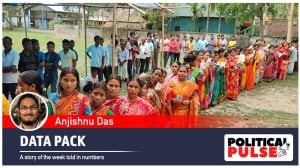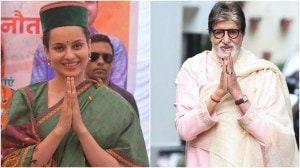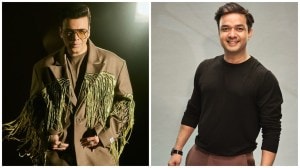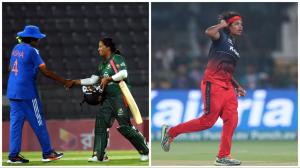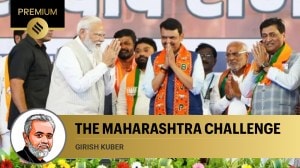- India
- International
Birth of Bangladesh: When raped women and war babies paid the price of a new nation
An official estimate of 200,000 to 400,000 women were raped by the Pakistani military and the supporting Bihari and Bengali Razakar and al-Badr militias.
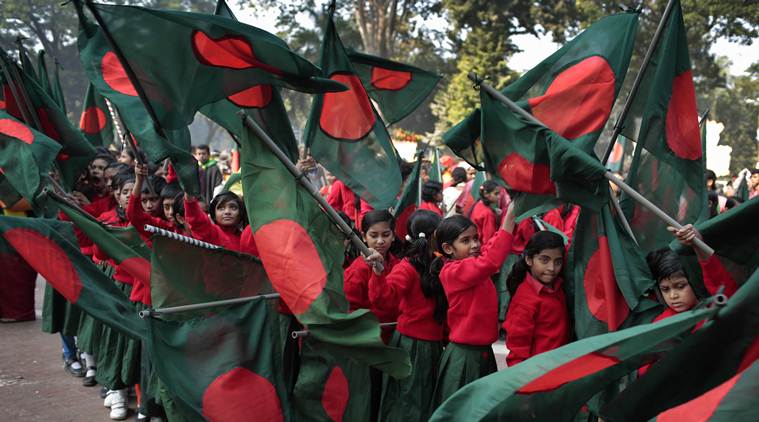 As Bangladesh celebrates yet another anniversary of victory day, it might be useful to remember those women and children who paid the heaviest price for the birth of the new nation. (AP Photo)
As Bangladesh celebrates yet another anniversary of victory day, it might be useful to remember those women and children who paid the heaviest price for the birth of the new nation. (AP Photo)
A truck came to a halt in a deserted, dark spot and opened up to produce a pile of barely conscious beaten women tied up to each other. The women must have numbered in the hundreds. Soon thereafter the army assembled them in queues and segregated them in age groups. The ones considered infertile were shot on spot, while the ones considered capable of bearing children kept aside, to reside in a rape camp for the next several months to come. The army commander gave out an order to his soldiers, “these women have to be impregnated.” The idea was to produce a Pakistan loyal to their nation and religion.
This bone chilling scene from director Mrityunjay Devvrat’s film, “Children of war” was barely fictional. It was a rude representation of a less talked about, hardly chronicled account of Bangladesh’s past that went on to haunt the memories and consciousness of the newly formed nation in 1971. As Bangladesh celebrates yet another anniversary of victory day, it might be useful to remember those women and children who paid the heaviest price for the birth of the new nation.
Rape as a tool of violence during wars is hardly a new phenomenon. It had been used on thousands of occasions in the ancient past, the medieval tussle for powers and the wars of the twentieth century including the two world wars. The rationale has always been the infliction of terror and damage upon the group through the brutality of rape. In Bangladesh though, the systemic use of rape in the liberation war was also a means to produce children fathered by West Pakistani army men in an attempt to wipe out Bengali nationhood.
Institutionalised rape in the Bangladesh liberation war
In March 1971 when the issue of cultural and linguistic identity in East Pakistan had come to a boil, president Yahya Khan gave out public orders for the Bengalis to be made into “true Muslims”. Though there is absence of any official documents, reports suggest that the orders given out by Yahya Khan and General Tikka Khan were to impregnate Muslim women in East Pakistan who were supporters of Bangladesh’s formation and Hindu women with the intention of building a “pure Pakistan.”
The result was devastating and traumatic. The army left no stone unturned to carry out the orders of the Pakistani government. Women were hunted down, picked up from their homes, schools, streets and even their bedrooms and raped barbarously. An official estimate of 200,000 to 400,000 women were raped by the Pakistani military and the supporting Bihari and Bengali Razakar and al-Badr militias.

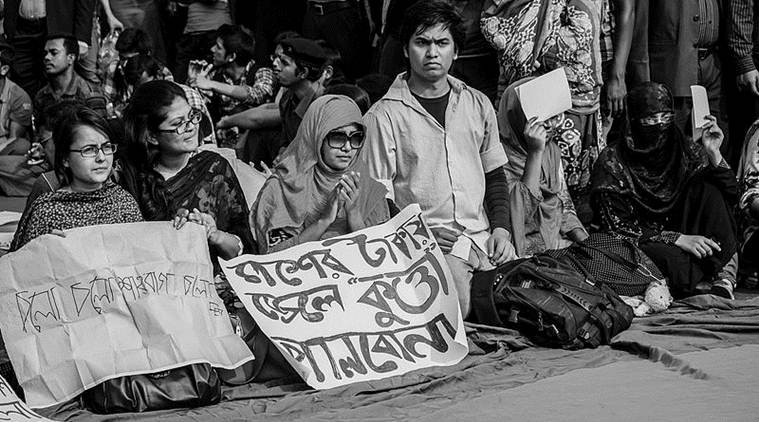 Journalist Susan Brownmiller wrote in her work that there were some women who had been raped nearly 80 times in one night. (Wikimedia Commons)
Journalist Susan Brownmiller wrote in her work that there were some women who had been raped nearly 80 times in one night. (Wikimedia Commons)
Describing a case of assault on a newly married woman, writer Aubrey Menen says the following:
“Two [Pakistani soldiers] went into the room that had been built for the bridal couple. The others stayed behind with the family, one of them covering them with his gun. They heard a barked order, and the bridegroom’s voice protesting. Then there was silence until the bride screamed. Then there was silence again, except for some muffled cries that soon subsided. In a few minutes one of the soldiers came out, his uniform in disarray. He grinned to his companions. Another soldier took his place in the extra room. And so on, until all the six had raped the belle of the village. Then all six left, hurriedly. The father found his daughter lying on the string cot unconscious and bleeding. Her husband was crouched on the floor, kneeling over his vomit. “
Several women were forced to live in rape camps where there were raped repeatedly. Journalist Susan Brownmiller wrote in her work that there were some women who had been raped nearly 80 times in one night.
The plight of the women did not just end there. Once the war was over and Bangladesh took birth, these women were ostracised, seen as a black mark upon societal honour. The Bangladesh government did try to incorporate them in their society. The new president, Mujibur Rehman, referred to the survivors of war rape as birangonas (war heroines) and urged their families and society in general to accept them. However, the reality of the situation for these women was very different.
War babies
The situation was much graver for those who were direct products of this atrocious war- the children of war. Official estimates suggest that close to 25,000 babies were born from the genocidal attack on women.
While the newly formed Bangladeshi government was sympathetic towards the grievances of the raped women, they were absolutely merciless towards the children born of the raped women. Mujibur Rehman is reported to have announced that “none of the babies who carry the blood of the Pakistanis will be allowed to remain in Bangladesh.” Speaking to a feminist author, he had said that he did not want to keep “those polluted blood” in his country.
The stigma attached to war babies resulted in widespread confusion regarding what to do with them. Several international organisations were asked to help carry out late abortions of pregnant women and assisting in adoption of children by families abroad.
Nearly 5000 women though had aborted their ‘unwanted’ babies through unsafe methods. There were others who did not want to undergo abortions and pleaded with the government to let them be. There are several war babies currently in Bangladesh, conscious of their identity and the history attached to their birth as also the price they paid for the birth of their country.
War rapes in present times
The Bangladesh war of 1971 was hardly the last time rape was used as a tool for inflicting terror and brutality upon the enemy in the event of a war. Even today, despite the creation of modern democratic societies, women continue to be the most vulnerable targets of wartime attacks. In the recent past similar technique of assault was implemented particularly by the Islamic State in the Middle East and the Burmese army upon the Rohingyas. As of 2014, close to 1,500 Yazidi and Christian women had been forced into sexual slavery by the Islamic State.
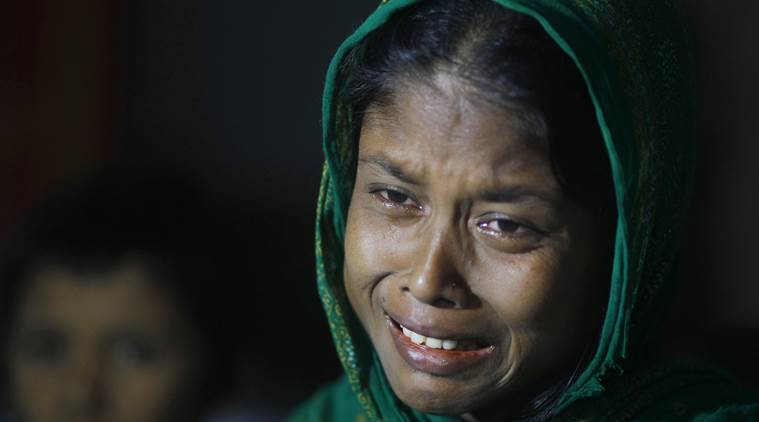 In the recent past similar technique of assault was implemented particularly by the Islamic State in the Middle East and the Burmese army upon the Rohingyas. (picture used for representational purpose)
In the recent past similar technique of assault was implemented particularly by the Islamic State in the Middle East and the Burmese army upon the Rohingyas. (picture used for representational purpose)
The rationale in each of these cases remains the use of sexual assault as a means of disciplining the victims and making them subservient to the rule of the assaulter. This apart, women being seen as the honour of a society in a patriarchal set up, the use of rape becomes a means to wound the pride of the men and the community. Whatever be the reasoning, what continues to remain true for thousands of years now is that women in conflict zones do not just get victimised by the enemy but also by the community which they supposedly represent.
May 06: Latest News
- 01
- 02
- 03
- 04
- 05





